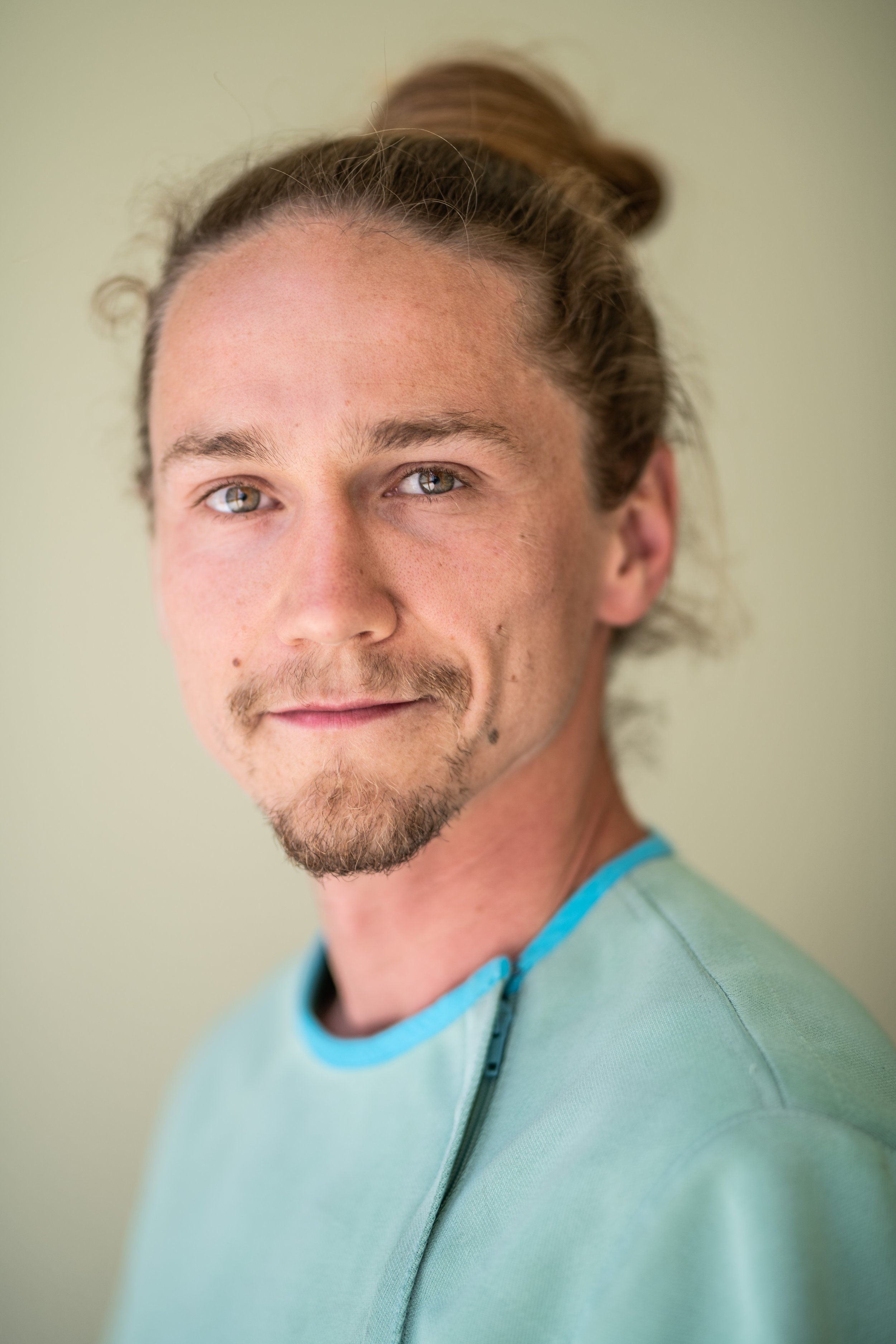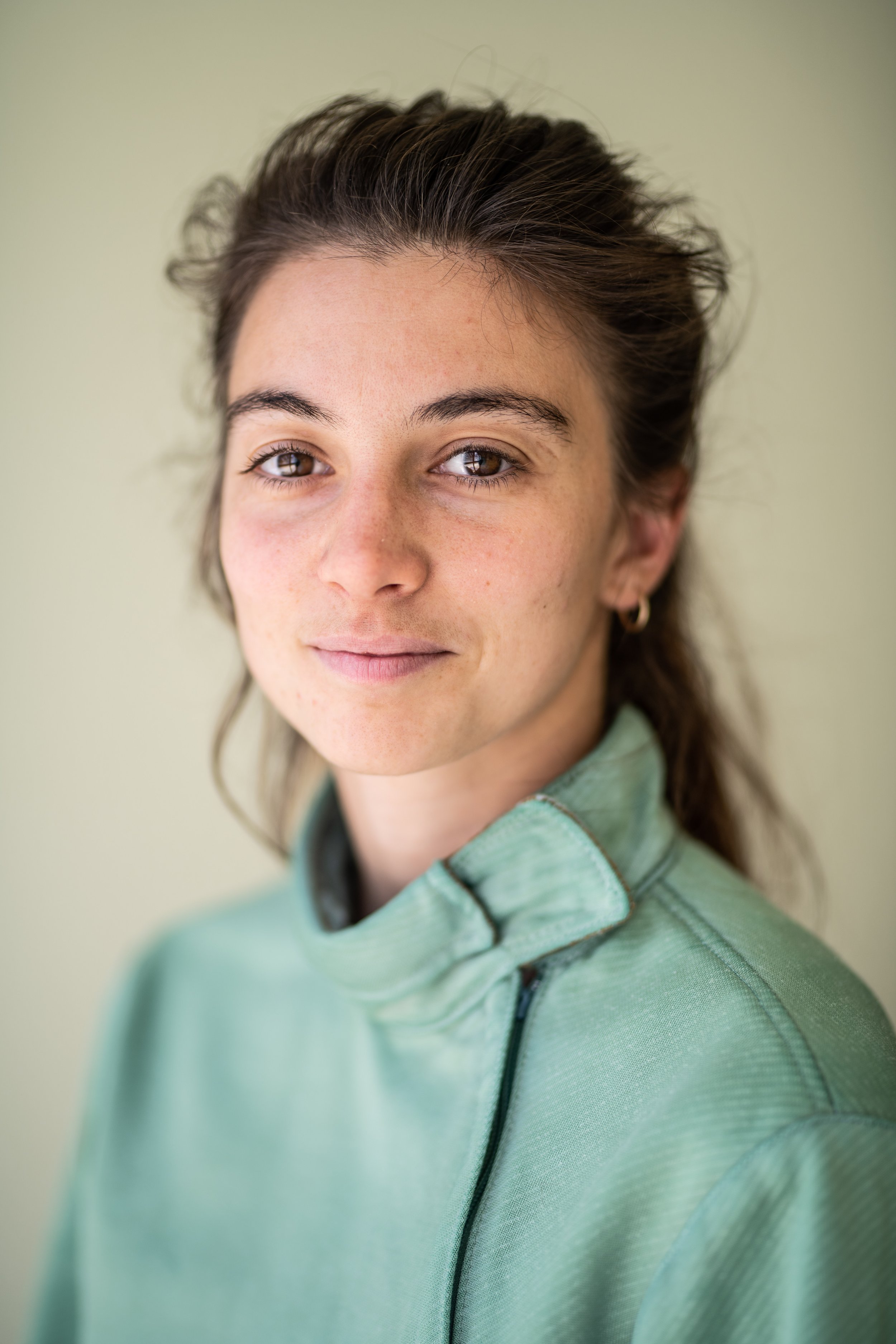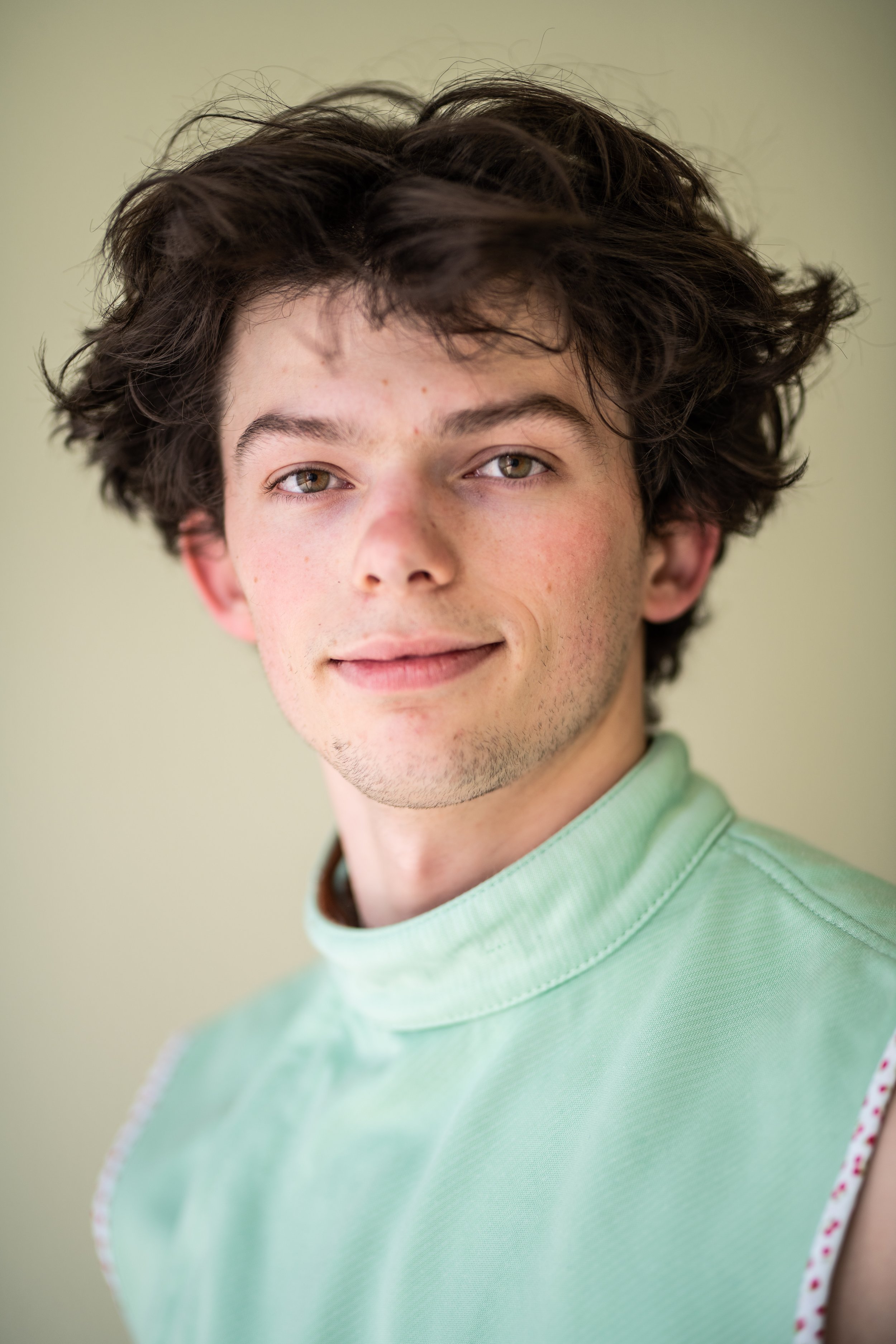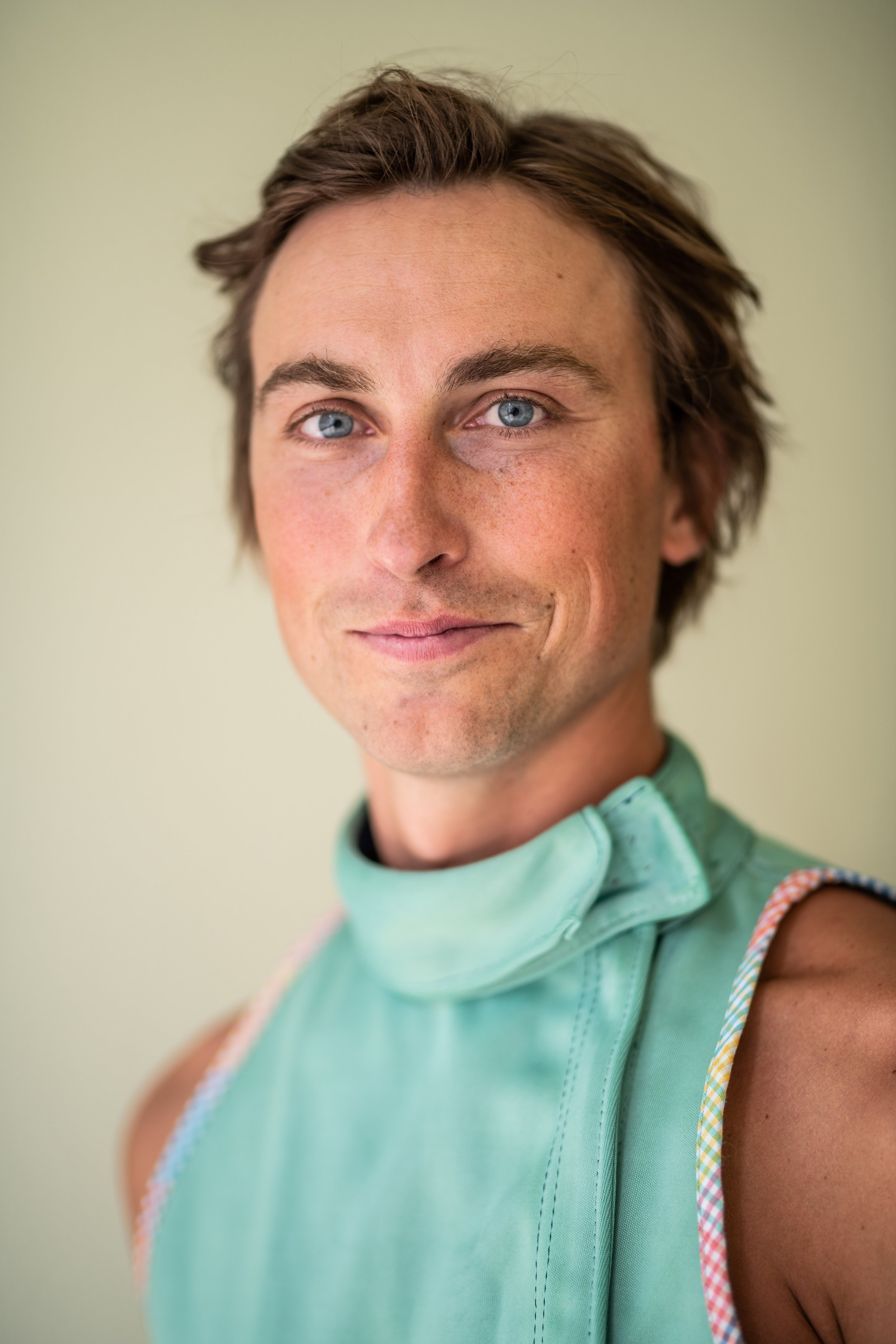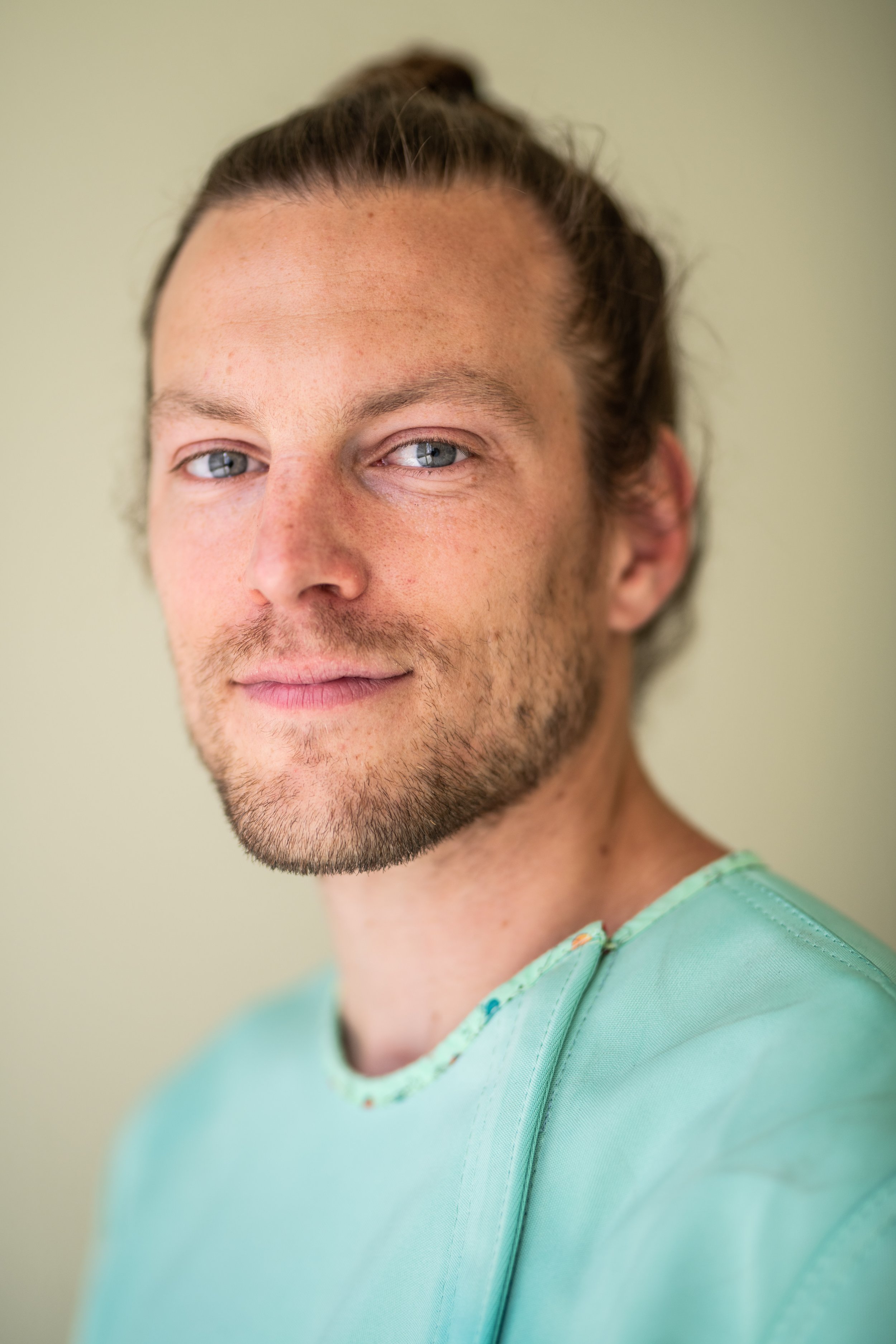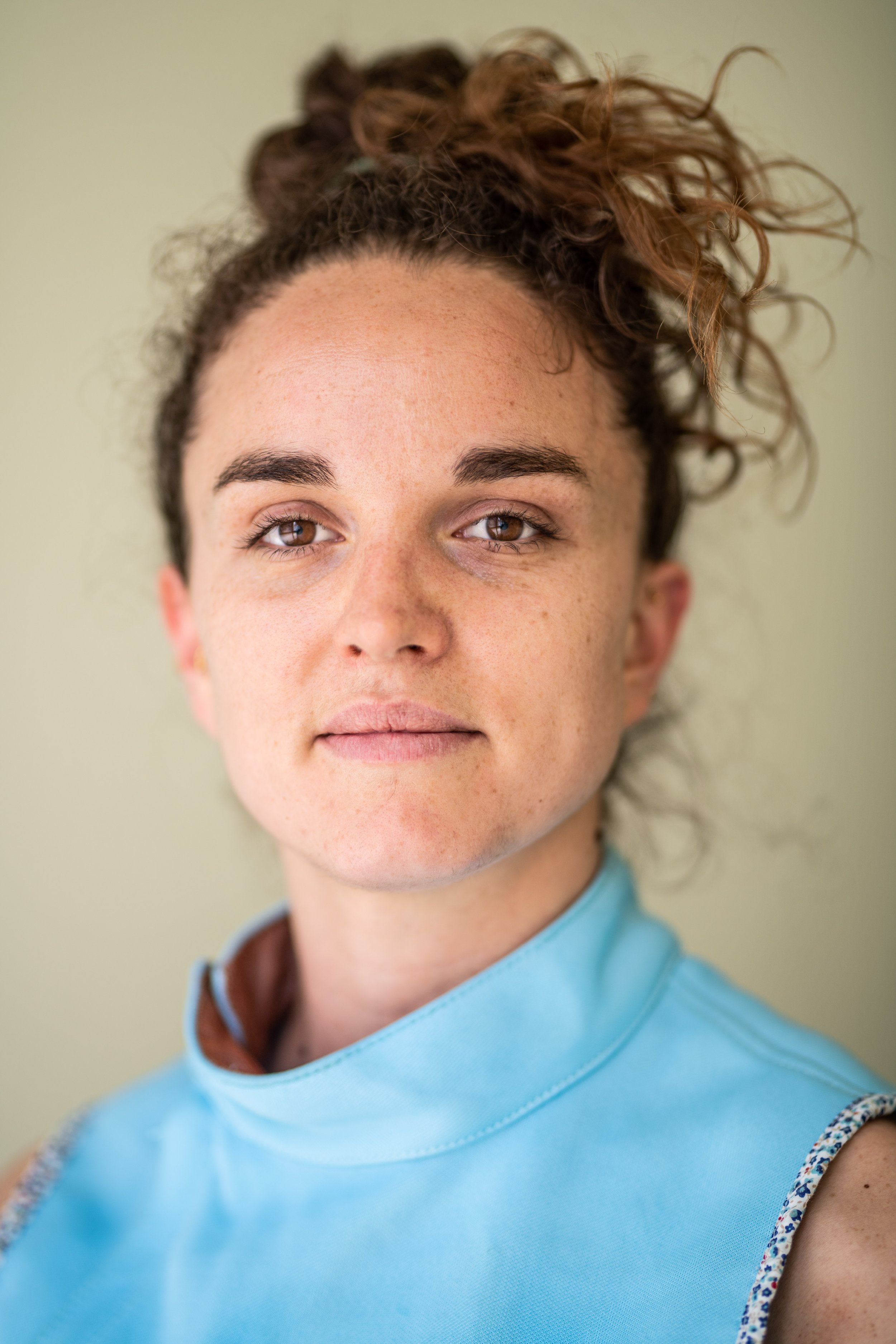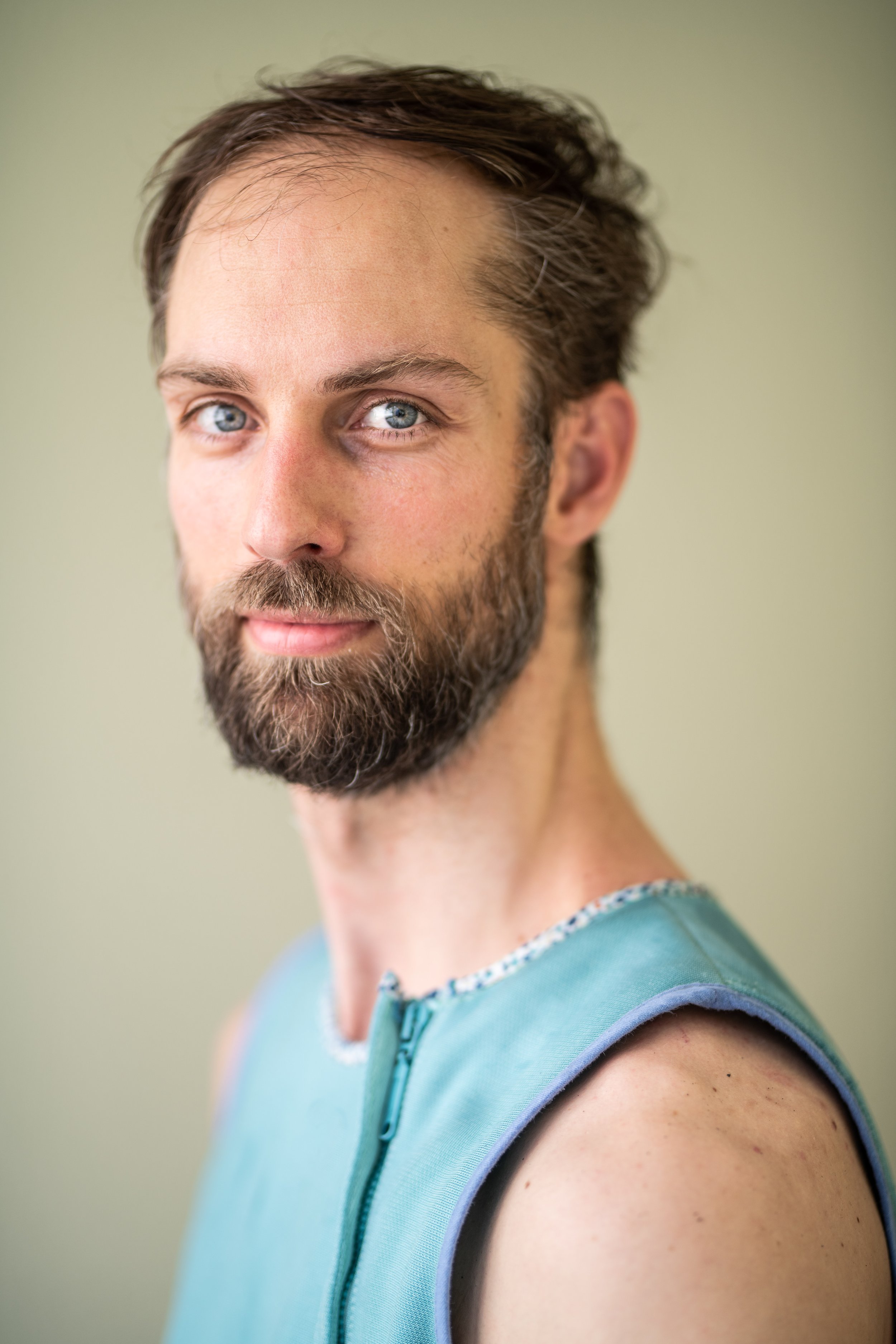
Foreshadow
press information
After VanThorhout, in which Alexander Vantournhout appeared solo on stage, not standing returns with a group show featuring eight acrobat-dancers. The performers move like gears of a collective body to the tunes of experimental rock music. Together they explore quasi-impossible balances, challenge each other and defy gravity.
With the tightly orchestrated chaotic movement landscapes of Foreshadow, Alexander Vantournhout takes a new step in his exploration of the relationships between gravity, movement, balance, and spatiality. In addition to the floor, which played a prominent role in SCREWS and Through the Grapevine, the wall now also becomes a dance partner.
Foreshadow - Noémi Devaux, Axel Guérin, Patryk Kłos, Nick Robaey, Josse Roger, Margaux Lissandre, Esse Vanderbruggen & Alexander Vantournhout © Bart Grietens
“Birth is not so much a beginning as it is an abrupt change in which suddenly there are different factors than those in the womb, and there is gravity. With gravity, a new negotiation begins, and these terms condition us for the rest of our lives.”
“Solo dancing does not exist: the dancer dances with the floor: add another dancer, you will have a quartet: each dancer with each other, and each with the floor.”
Foreshadow - Noémi Devaux, Axel Guérin, Patryk Kłos, Nick Robaey, Josse Roger, Margaux Lissandre, Esse Vanderbruggen & Alexander Vantournhout © Bart Grietens
In Foreshadow, the human body embeds in an orchestrated symphony of limbs and joints. Body mechanics are challenged by gravitational forces and reverse, resulting in an interplay of physical systems. Together, eight performers create an ever-evolving landscape of human sculptures.
"At the exciting point of almost falling or not, Alexander Vantournhout and his team discover moments of equilibrium that appear utterly impossible at first glance, and even upon closer look." – Het Parool
Rather than a static backdrop, the wall - as object - emerges as an accomplice, a catalyst that challenges gravity's dominion. Through meticulous calibration of body positioning, an ongoing dialogue emerges among the performers, the wall, and inevitably, the floor. This collective exploration yields new dimensions of movement and acrobatics.
While the wall is traditionally employed as a tool to cultivate symmetry and alignment in practices like yoga, dance, and martial arts, here it assumes a multifaceted role. It becomes the pivotal point of support, a scaffold that permits the confrontation of gravity's pull. The performers push the boundaries of balance, leveraging the wall's resistance to adjust the speed of descent, resulting in a nuanced interconnection of control and downward motion that transcends the wall itself.
In literary terms, 'foreshadowing' serves as a cue to hint from the beginning at future developments within a story. In Foreshadow, all the elements are laid out from the start. Set to the resonant sounds of This Heath, the cast comprises eight performers, with the wall emerging as a ninth participant—or an agrès*. This ninth performer functions as more than mere scenery; it becomes a reactive surface that not only accommodates vertical movement but also facilitates the translation of horizontal actions into a vertical context.
Natural forces governing verticality and horizontality entwine, constituting a holistic choreographic canvas. The wall, with its inherently static disposition, sets fire to a symphony of body research. In contrast, the floor becomes a canvas for dynamic movement and fluid acrobatic motions. However, the gradual pace of the vertical dimension engenders a friction that challenges the exploration of horizontality.
*Agrès is a French word commonly used in the context of circus arts, gymnastics, and physical performance. It refers to any type of equipment or apparatus used in these performances, such as trapezes, rings, poles, ropes, and other similar structures. Performers use these apparatuses for their acts, incorporating them into various routines that may involve balancing, swinging, climbing, and other forms of skilled movement.
“Vantournhout has been inspired by ‘locomotions’ (walking like animals) since his first creation ten years ago. From the wrist joint of a gibbon (which rotates exactly like our shoulder) to the circular symmetry of an octopus, starfish, jellyfish, or sea anemone. Not by imitating the movements of the animals, as that is impossible for humans, but by incorporating them slightly differently into his movement language.”
Foreshadow - Axel Guérin, Nick Robaey & Alexander Vantournhout © Bart Grietens
Foreshadow - Noémi Devaux & Alexander Vantournhout © Bart Grietens
The human animal
“Vantournhout has been inspired by ‘locomotions’ (walking like animals) since his first creation ten years ago. From the wrist joint of a gibbon (which rotates exactly like our shoulder) to the circular symmetry of an octopus, starfish, jellyfish, or sea anemone. Not by imitating the movements of the animals, as that is impossible for humans, but by incorporating them slightly differently into his movement language.”
As usual, Alexander Vantournhout finds inspiration in the animal world for his movement material, this time in the adhesive powers of reptiles like lizards. Geckos and lizards employ a dry adhesion system using a combination of microscopic hairs (setae) on their toe pads as well as other aspects of internal anatomy to climb on vertical walls and run on ceilings. Lizards and geckos have no suction cups, hooks or glue on their feet but employ a mechanical principle called contact splitting: each of the microscopic hairs found on their feet split up into hundreds of flat tips. The ends temporarily rearrange electrons on the walking surface, creating an electrodynamic attraction.
Foreshadow - Margaux Lissandre, Axel Guérin & Nick Robaey © Bart Grietens
Costumes
The costumes are not uniform but vary from their homogeneous base in terms of shade and texture. In the lighting design, this "color mass," which corresponds to the color of the wall and the floor, is further emphasized to transform the silhouettes of the dancers and encourage them to blend with each other or with the scenography. This creates a camouflage effect inspired by the animal world (similar to the chameleon), and the dancers intertwine seamlessly with each other, both on the floor and against the wall. The resulting confusion regarding which limb belongs to whom, as also observed in SCREWS and Through the Grapevine, is further accentuated.
The transformative and deliberately degendered qualities of the costumes encapsulate the interrogation of stereotypical roles within acrobatics and dance. Conventional expectations dictate that individuals with more weight tend to assume supportive roles, whereas those with lighter bodies are frequently carried. It is these very archetypes that are challenged and transformed within a gravity-defying context. The choreography creates scenarios where bases intermittently take on the roles of flyers, and vice versa. Through collaborative efforts, eight distinct bodies successfully defy gravity.
Music
Alexander Vantournhout's movement language presents a unique challenge when it comes to translating it into music. Over the past few years, his research has led to composition commissions, such as Andrea Belfi’s percussion based work for Through the Grapevine. However, also existing material, as seen in his use of music by Nils Frahm in SCREWS, has been incorporated.
After previous attempts to translate movement into music, Alexander Vantournhout has now chosen to utilise music of This Heat as a soundtrack. Rather than interpreting the movements directly, the music captures a sense of heterogeneity without a central focal point, avoiding the chaos of mere juxtaposition.
This Heat is an experimental avant-garde rock band often regarded as the missing link between 1970s progressive rock and post-punk genres like no wave, noise rock, industrial, and post-rock. This Heat's existence was fleeting. In 1975, amidst the US withdrawal from Saigon and the slow ascent of Margaret Thatcher's Conservative Party, Charles Hayward and Charles Bullen, veterans of London's rock underground, recruited self-styled "non-musician" Gareth Williams to form a rock trio. Settling ironically in a once-refrigerated food cupboard within an abandoned meat factory called The Cold Storage, they embarked on their journey as This Heat. The sounds and ideas birthed within The Cold Storage defied genre conventions.
The cast
The cast of Foreshadow primarily consists of performers with whom Alexander Vantournhout has cultivated enduring relationships over the past years. Axel Guérin, an acrodancer, shares the stage with Alexander for the fourth time in this production. Emmi Väisänen, a Finnish dancer and artistic assistant, is also a four-time participant in the team. Esse Vanderbruggen, Alexander's fellow student-colleague at P.A.R.T.S., has contributed to various not standing creations for several years. Additionally, Noémi Devaux and Nick Robaey have previously appeared in Contre-jour and SCREWS, respectively. Patryk Kłos, a Polish martial arts dancer, Belgian acrobat Josse Roger, French dancer Margaux Lissandre, and Taiwanese circus artist Chia-Hung Chung are collaborating with not standing for the first time in Foreshadow.








